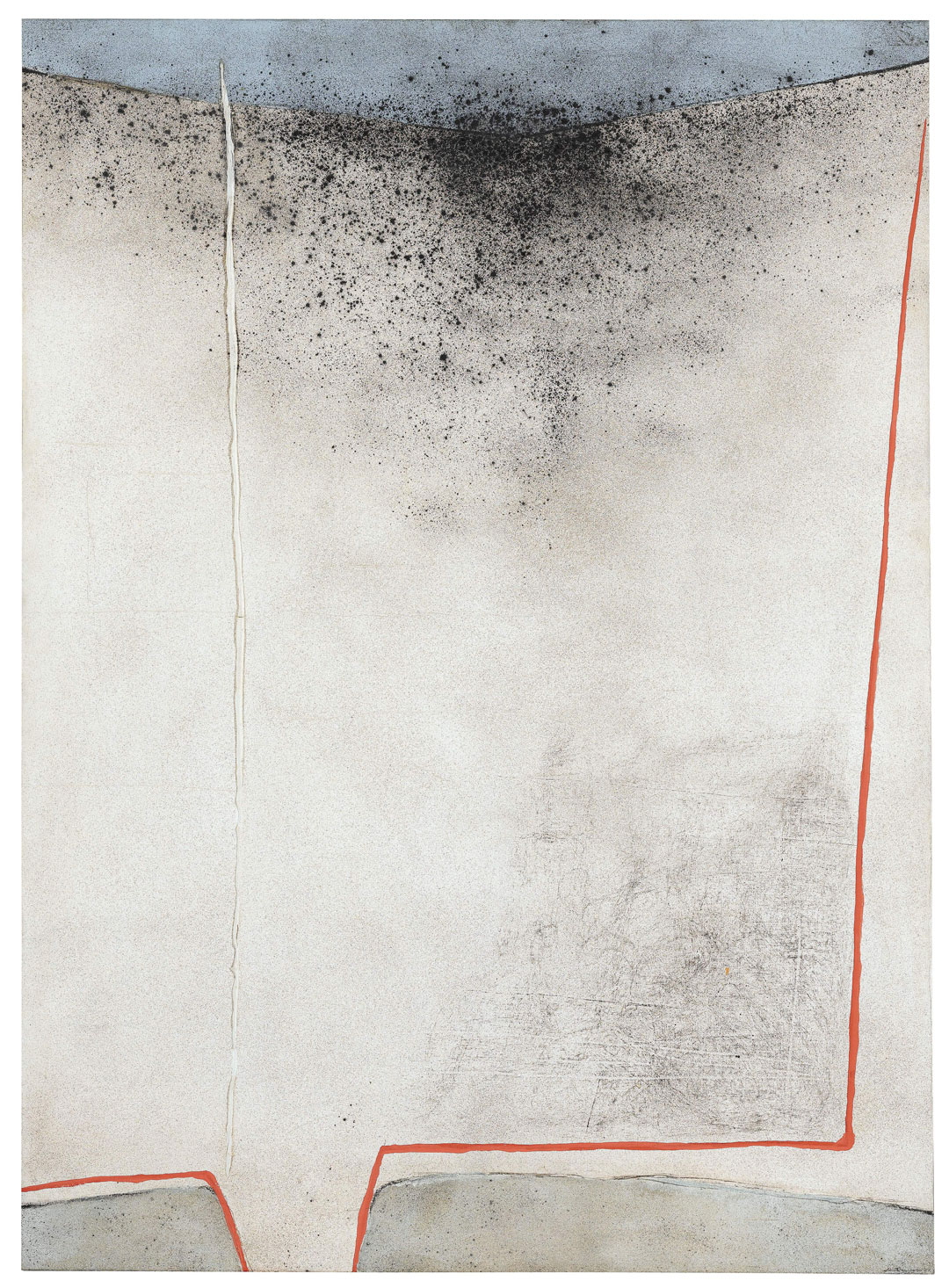
Ommagio al Crocifisso di Cimabue, 1967
Giuseppe Santomaso
| Medium: | Oil and mixed media on canvas |
| Dimensions: | 162 x 118 cm |
about the work
The Venetian artist Giuseppe Santomaso began his art s th Venice Biennale and 13 further attendances at the international art show were to follow. Santomaso became one of the most important Italian artists of the post-war period. After periods of study in Amsterdam and Paris, the Rive Gauche gallery in the French capital hosted his first solo exhibition in 1939. In 1943, he was the co-founder of the Nuova Secessione artistica italiana group of artists, which was later renamed the Fronte Nuovo delle Arti. As time went on, various artistic tendencies emerged in the group, and the representatives of abstract art subsequently joined together as the Gruppo degli Otto in 1952. In addition to Santomaso, members of this new group of artists also included Emilio Vedova and Renato Birolli, who both have works included in the Reinhard Ernst Collection. Santomaso’s works were shown at numerous international exhibitions, including the São Paulo Biennale in 1951, 1953 and 1961 and the Documenta in Kassel in 1955, 1959 and 1964. From 1956 to 1974, the Italian artist was also appointed professor at the Accademia di Belle Arti in his home town.
What does the work in the Reinhard Ernst Collection have in common with the Florentine artist Cimabue, who flourished in the 13th century and is referred to in the work’s title – Omagio al Crucifisso di Cimabue? On the mainly white background of the canvas, a red line gives the picture structure and directs the viewer’s eye. It surrounds two elements drifting on top of each other in the lower section of the picture and simultaneously draws attention to the splashes of black paint in the top third of the work that are in the visual centre of the picture. The depiction is completed above by a blue trace of paint. A connection with the crucifix of Cimabue, to which Santomaso in the title of his work can be found in the colours used. Cimabue created a representation of the cross that was unusual for the Middle Ages, which stands out due to its shape and colour. He uses blue and red in a particular way, which Santomaso adopts and includes in his work from 1967. In his work, he regularly refers to ancient Italian painting and thus demonstrates his knowledge of his own artistic tradition. His homage to one of the most relevant Italian artistic figures of the past thus illustrates his clear support for the positioning of art in the Italian art scene from the 1950s onwards.